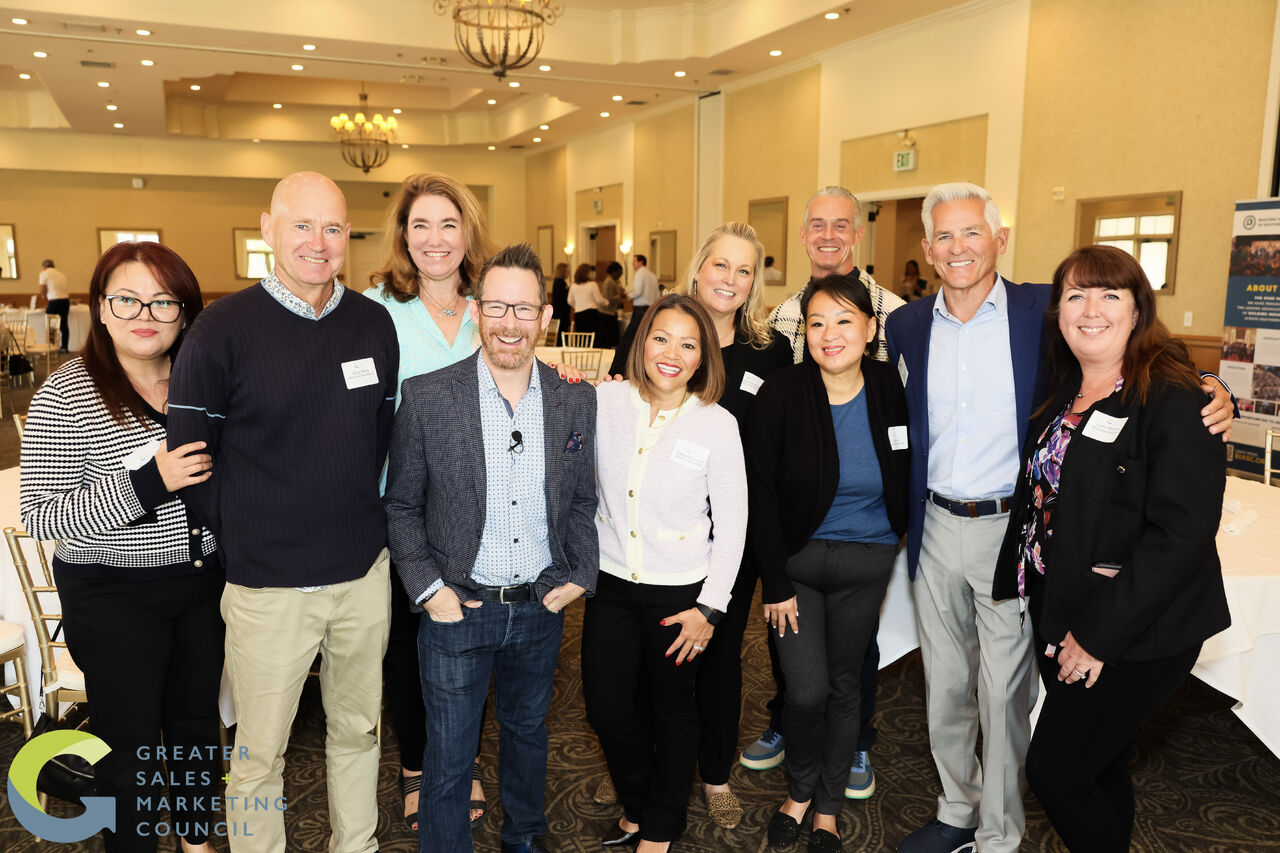
The Hidden Money in Follow-Up: How Many Sales Are You Ignoring?
You Might Be Losing Sales—and Not Even Know It
Back when I was in new home sales leadership, I had a sneaking suspicion: our salespeople weren’t following up with leads effectively—or maybe not at all.
I had reasons to believe this (low conversion rates, incomplete traffic reports, etc.) But I needed proof.
So, I ran an experiment.
The $100 Follow-Up Test
As I visited sales offices across the Phoenix valley, I noticed something troubling: stacks of registration cards stuffed in drawers—hundreds of leads just sitting there.
Were those leads being contacted? There was only one way to find out.
Without the sales teams knowing, I slipped a crisp $100 bill into each stack, burying it about 7–10 cards deep in all our sales offices. My plan? Return a week later to see if the money was found. If it was, it meant they were actually calling those leads.
The result? Not a single $100 bill was touched!
Think about it. Hundreds of buyers were waiting for follow-up, and no one reached out.
This was a wake-up call for my team—and if you’re not following up consistently, it should be for you, too.
Why Most Salespeople Avoid Follow-Up (And Why That’s a Huge Mistake)
Many salespeople assume that if a prospect doesn’t buy on the first visit, they’re not serious. Wrong.
Here’s what’s really happening:
-
People don’t always buy on the first visit. They’re weighing options, discussing with family, or getting finances in order.
-
Their pain gets worse over time. The longer they stay in their current situation, the more pain points increase.
-
When the time comes to make a move, they buy from the salesperson who stayed in touch.
Think about it: If a buyer leaves your office at a “level 5” dissatisfaction, how long before that frustration grows to a “9” or “10” after another rent increase, a growing family, or a longer commute?
Who will they call when they finally reach their breaking point?
The sales pro who kept the relationship alive.
How to Follow Up Like a Pro (Without Feeling Pushy)
Follow-up isn’t about “checking in”—it’s about staying valuable and relevant at the right time. Here’s how:
✔ Be consistent, not annoying. Sporadic effort won’t keep you top-of-mind. Have a structured plan in place.
✔ Personalize your outreach. Reference past conversations, specific needs, and upcoming opportunities.
✔ Offer something useful. Share relevant insights, financing options, or market updates.
✔ Use multiple channels. Calls, emails, texts—people respond differently, so mix it up.
Stop Leaving Money on the Table—Or Worse, In a Drawer
If you’re not following up, you’re handing sales to your competition.
✔ Audit your leads. Who haven’t you reached out to recently? Pick up the phone.
✔ Commit to a follow-up strategy. Even a simple, consistent approach beats no approach at all.
✔ Be the salesperson they remember. When buyers are finally ready to move, make sure they think of you first.
Losing buyers to poor follow-up? Let’s change that.
Contact us today to learn how our performance improvement programs can help your team convert more leads into buyers.
.png?width=215&height=72&name=Logo---yellow-(full-company-name).png)

